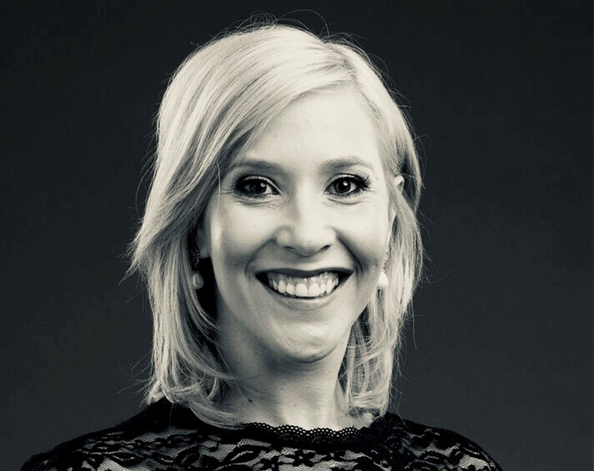Get Focus insights straight to your inbox
For many an art collector, the idea of leaving a legacy through one’s collection is as much a motivation as the pleasure derived from owning and appreciating the art itself.
Indeed, surveys show that for most art collectors, the idea of legacy and the pure love of art surpassed any considerations of investment and profit.
According to The Art Market 2020 - an annual report by Art Basel and UBS - the chief motivating factors for collecting are:
- aesthetic/decorative considerations (95%)
- passion/expression of personality (93%) and
- a desire to support and nurture artists (92%)
Furthermore, 50% of collectors have never sold any works of art or pieces from their collections and have no intention of doing so.
According to Deloitte’s Art & Finance Report 2019, as many as 76% of art collectors say that estate planning would be the most relevant service for them, indicating a desire to bequeath collections to their families. This is up from 69% in 2017. However this need is not being met by financial service providers, says Deloitte, "with more than one third of the private banks surveyed yet to discuss art-related wealth with their clients".
Deloitte notes that of the collectors who had made formal estate planning arrangements for their collections, 67% plan to bequeath their collections to their family. 14% said it would be sold, with the proceeds going to the family, with the balance choosing to bequeath the collection to their foundation or be donated to a museum.

Herbert Vogel, a New York postal worker and his librarian wife, Dorothy, created one of the world’s most significant collections of modern art and then bequeathed the majority to the National Gallery of Art.
Key factors to consider when leaving art to your heirs
In the light of these ideals, it seems clear that collectors should adopt a strategic approach, both in terms of building a collection and in ensuring a lasting legacy.
Unfortunately, this is not always the case. UBS finds that 88% of collectors do not have an adviser to guide them in their purchases. And, according to Deloitte, only 28% of clients of banks that offer art and estate planning services have made adequate provision for their art collections in their estate plans, while 31% have not made any provision for their art collections at all.
1. How do you value your art collection?
Clearly, there is much for collectors to consider when building their collections. Deloitte highlights some of the challenges facing collectors on the estate planning front. For example, where pieces are passed on individually to a number of heirs, there is the issue of valuing the works of art – these may change considerably between the time of drawing up a will and the inheritance taking place.
2. What are the tax implications of bequeathing art?
Tax issues are also important when passing on art to heirs. According to Rene van Zyl, senior tax adviser at Investec Wealth & Investment, where a collector bequeaths to heirs in his or her name, the executor would have to get a valuation and it will be included in the estate for estate duty purposes. The valuation is a long and expensive process.
“Furthermore, if there is not enough liquidity in the estate some of the assets including the art will be sold to pay for the liabilities if the necessary planning was not done during the life of the client,” says van Zyl.
3. Do your heirs share your passion for art?
Then there is the matter of heirs’ interest in keeping the art. Do they share the same passion for the art? Do they have the resources to keep and maintain the art? In these cases, selling the art may be the right option, but tax considerations need to be taken into account.
One solution is to buy the art in the name of a trust. Says van Zyl: “The art piece is no longer in your estate for estate duty purposes but even if it is a family heirloom and you would like to keep it in the family for legacy purposes then the trust will give you this continuity.”

The art piece is no longer in your estate for estate duty purposes but even if it is a family heirloom and you would like to keep it in the family for legacy purposes then the trust will give you this continuity.
4. Donating your art collection
For those who choose to go down the road of donating their collections, there are other challenges to face. Does the museum you have in mind value the pieces you plan to donate as much as you do? And if the pieces go to your private foundation, have you made provision for maintenance and insurance costs, for example?
Collectors should perhaps think of engaging alternative museums about pieces that might interest them. Donations to charities or museums during one’s lifetime could also be considered.
Donating art can be tax efficient, says van Zyl: “If you donate to a charity that is a registered NPO/ PBO, your estate will get a Section 18A [of the Income Tax Act] deduction.”
“The same will apply if you make a donation during your lifetime – you would be able to get n deduction in terms of Section 18A.”
As with managing other areas of one’s wealth, an art collection requires the same process of thought, consultation and planning, if one is to leave the legacy that one wants.




